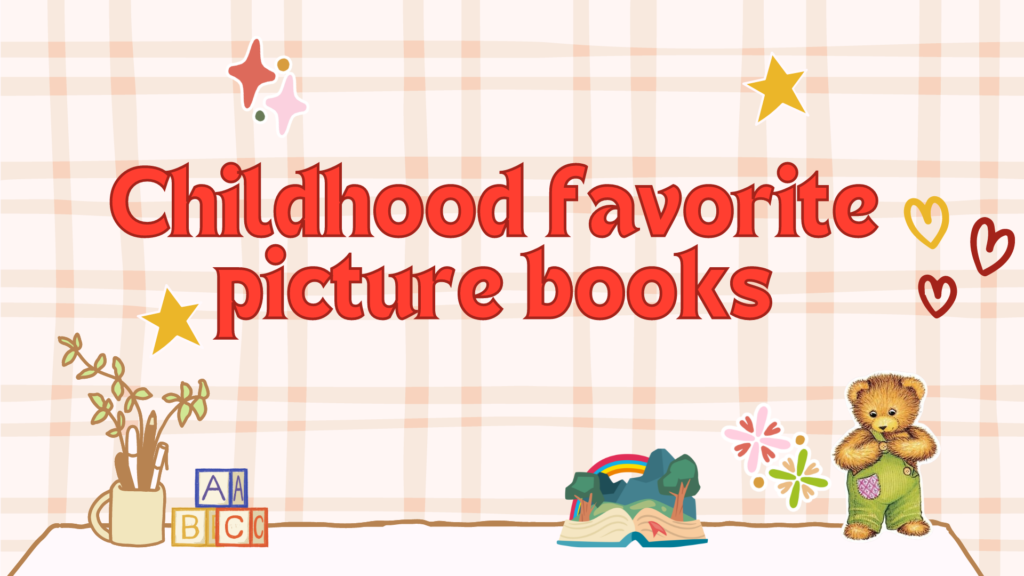
Learning to read is one of the first and most important things that kids do in school—which is why the literature young children consume is something that should be well thought out. Even now, I find myself looking back to my early elementary years and remembering some of my favorite books. In hindsight, it’s clear that almost all of my favorite books from my early childhood have shaped my personality in some way. It’s for that reason that I wish to highlight some of my favorite picture books, the memories I have associated with them, and the lessons they taught me that I still carry with me into adulthood.
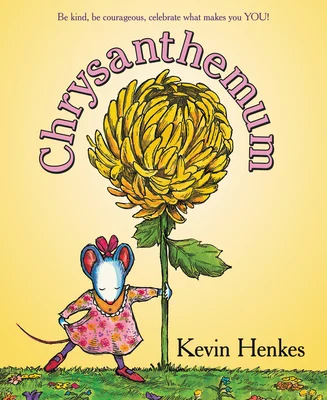
Read to my class by my second grade teacher, Chrysanthemum is the first book where I felt truly represented. In a time when most book characters—picture book or otherwise—were not as diverse as they are now, Chrysanthemum stood out to me for one clear reason: its central conflict. The book tells the story of a young mouse named Chrysanthemum who loves her name, but after starting school and finding out that others think differently, goes on a journey of self-acceptance. Even though her journey of acceptance was much more rapid than mine, thinking about the book always reminds me that my parents chose my name with love and that I should not feel inconvenienced or embarrassed to correct someone when it comes to my own name. Even now, when I see a chrysanthemum flower I always think about the book and the impact it still has on me.
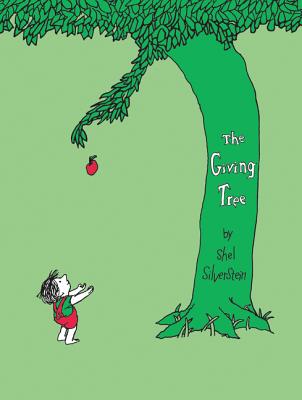
Despite having read this book many times in many different ways, there’s one memory of The Giving Tree that I will always hold close to my heart. On the last day of school before my high school graduation, I was in my last class of the day: Spanish. Upon entering the classroom, seniors were told to spread out across the floor around a chair set up in the middle of the room.. When the teacher sat down, she began reading The Giving Tree, but unlike any other time I had read it, this time it was in Spanish. This experience was special to me for a number of reasons, the first being that it was symbolic of all my hard work. Before starting high school, I knew little Spanish, but there I was, able to understand every word being spoken to me clearly. In addition, I had previously always looked at the book as a lesson about greed and how shameful it was that as the boy grew he took and took, never giving back until it was too late. Following the beautiful reading of the book in my class and the subsequent discussion, I came to the conclusion that it can very well be that the tree is a metaphor for our parents and how they give everything they have to raise us until we are finally self-sufficient and leave them behind. It is this new message that I carry with me at all times. I have to remind myself that it is everyone’s first time living and I never want anyone to just be the giving tree in the story.
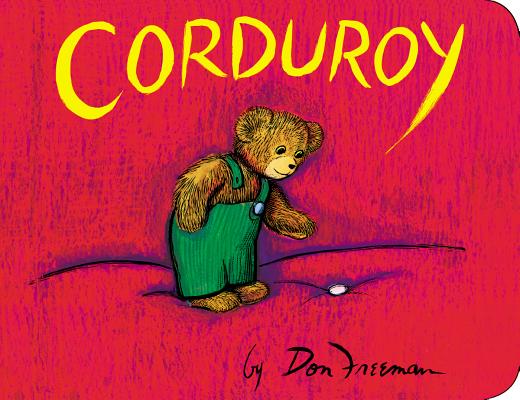
As one of the first books I read on my own in first grade, Corduroy has not only stuck with me for the incredibly cute illustrations but also the tender message. Wandering through a department store, a toy bear named Corduroy looks for his missing button so that someone might buy him. What I especially loved about this book is the ending, where a little girl named Lisa takes Corduroy home and adds her own button to his outfit. It reminds me of when I was first introduced to the concept of empathy, and always prompts me to stop and reflect on my actions.
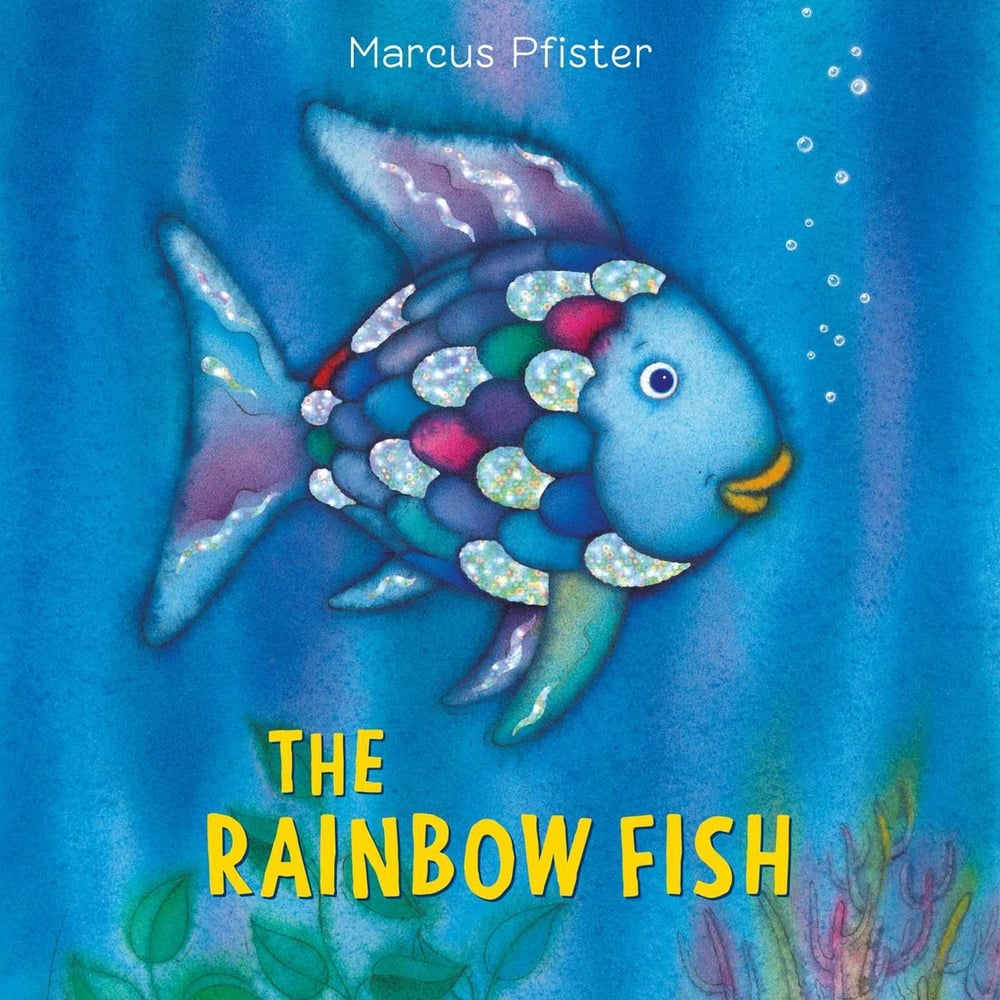
Another book that was read to me by one of my teachers, The Rainbow Fish was an instant hit with me because of its use of sparkly, vibrant purples and foiled fish scales. As I remember it, my teacher read this to the class in the first week of second grade and I was instantly obsessed. The Rainbow Fish certainly contributed to my core memories and the message is one I still try to follow. More significant than my personal experience with the book, however, is that this was one of the first books that introduced me to the importance of sharing. Though I’ve been hearing some discourse regarding the theme of this book in recent years, I still choose to interpret the message as the one I learned when I was a younger child.
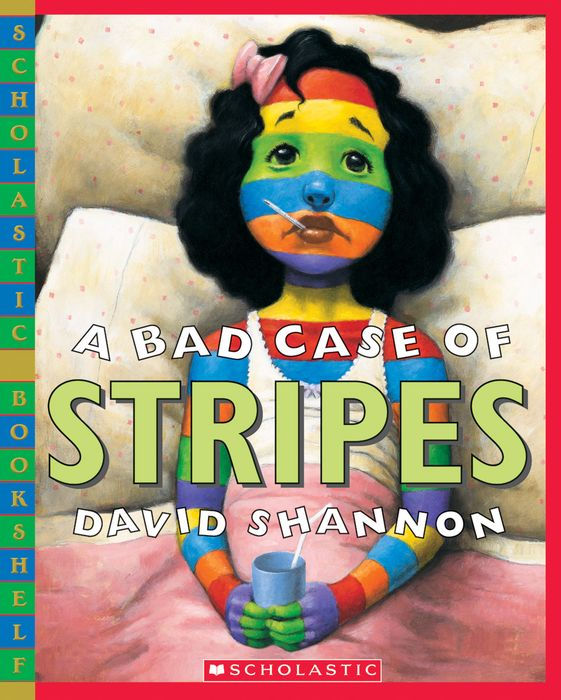
Finally, A Bad Case of Stripes was another book read to me during storytime in second grade. With a message about being authentic to yourself, A Bad Case of Stripes tells the story of a young girl who likes lima beans but later decides she doesn’t when she realizes other people her age find them disgusting. Even years later I can’t look at lima beans and not think of this book. At its core, the book reminds us to embrace what we love. Now, and especially when I was in junior high and high school, I often needed to remind myself that my interests and preferences are valid even if they are not popular.
Though I don’t read many picture books anymore, the ones that I see now are much more representative of different experiences and cultures. It has been refreshing to see this growth as I myself have grown. It makes me hopeful that the new generation of readers will see themselves represented in ways that I was not able to see when I was younger. Despite my enjoyment of these books that I still carry with me in my heart, it would have been incredibly beneficial to see a character that looked like me or even came from a similar background as me. It’s always nice to see representation in the form of situations and themes like grief, acceptance, empathy, and curiosity, but not seeing clear, physical representation as a child can be damaging. I’ve noticed in the past few years alone that there are plenty of books that represent people of varying cultural backgrounds, disabilities, and family situations, and I can only hope that authors continue to create and celebrate aspects that make us all feel unique and represented. After all, the literature that children consume when they are young can help shape their personalities and their values.
Vanshikha Vij, Pine Reads Review Writer